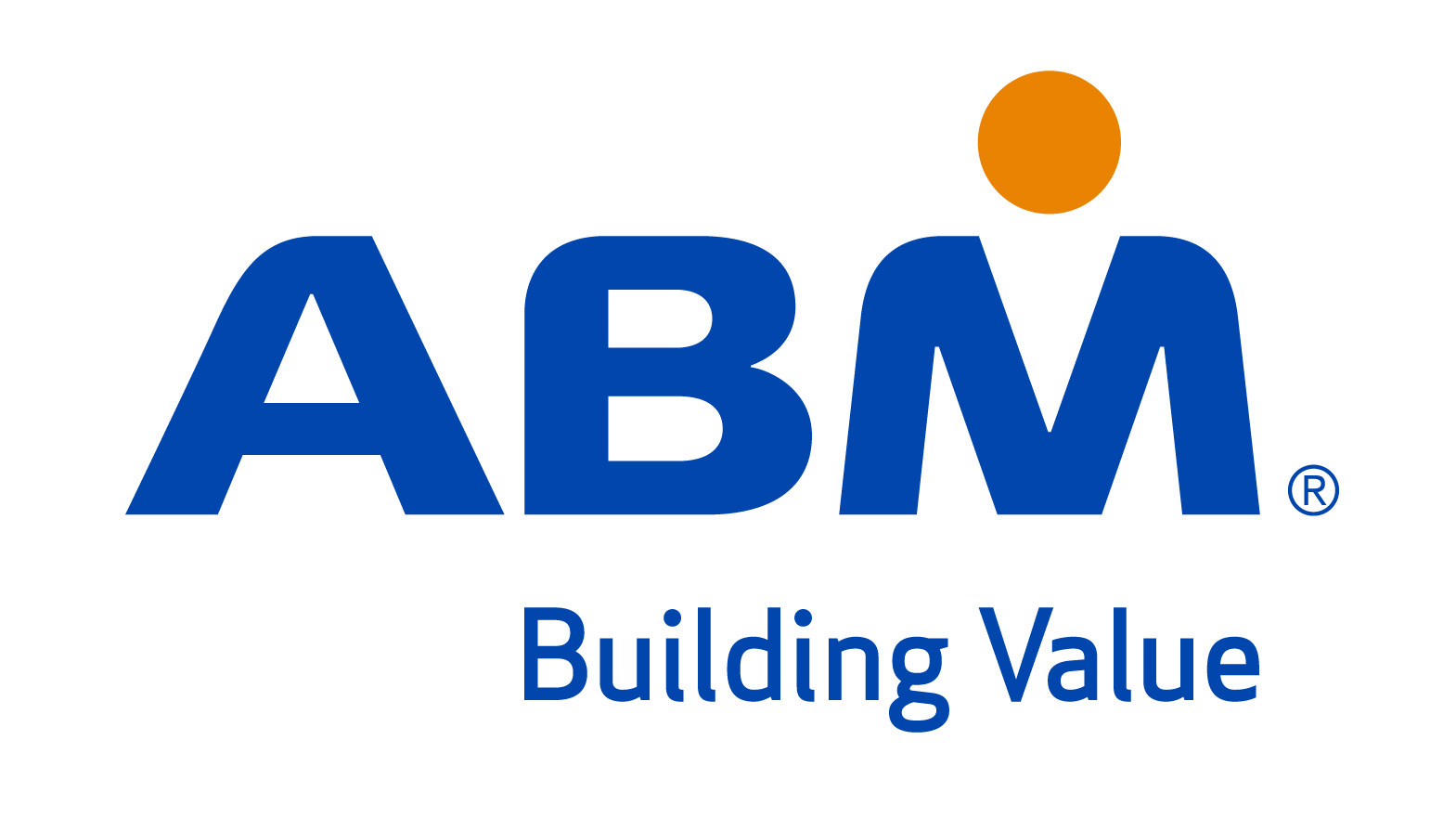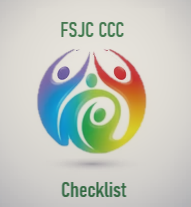Title Page
-
Document No.
-
Audit Title
-
Client / Site
-
Conducted on
-
Prepared by
-
Location
-
Personnel
-
Case information:
-
Is the written indoor air quality program present?
-
Are the heating, ventilation and air conditioning (HVAC) maintenance/repair records for the most recent three years available for inspection?
-
Locations of IAQ Measurements
Location
-
Location, Time, Carbon dioxide (parts per million), Temperature (degrees Fahrenheit), Relative Humidity (%), Carbon monoxide (ppm)
-
Other readings obtained:
-
Other observations made:
-
Are these measurements compliant with the IAQ Standard?
-
Note 1. Temperature: N.J.A.C. 12:100-13.3 (a)(4) of the PEOSH Indoor Air Quality Standard states that if temperatures inside climate-controlled buildings are outside the range of 68-79 degrees Fahrenheit, the heating, ventilation and air-conditioning (HVAC) system should be checked to ensure that it is functioning properly based on the system design. This is not a health-based standard.
-
Note 2. Carbon dioxide is exhaled air, which can become concentrated inside occupied office spaces because of inadequate ventilation. Adequate ventilation is necessary to ensure fresh air continually enters occupied office spaces and removes potential indoor air contaminants. N.J.A.C. 12:100-13.3 (a)(3) of the PEOSH Indoor Air Quality Standard states that if Carbon dioxide levels exceed 1,000 parts per million (ppm), the heating, ventilation and air-conditioning (HVAC) system should be checked to ensure that it is functioning properly based on the system design. This is not a health-based standard as carbon dioxide does not become immediately dangerous to life and health (IDLH) until the concentration is 40,000 ppm or more as per the National Institute of Occupational Safety and Health administration (NIOSH).
-
Note 3. Relative Humidity: The United States Environmental Protection Agency's (EPA) Indoor Air Quality Building Education and Assessment Model recommends a 30-60% relative humidity level to satisfy comfort in most cases and references the American Society for Heating Refrigerating and Air-Conditioning Engineers (ASHRAE) Standard 55. Currently there is limited guidance regarding relative humidity levels below 30%. Levels less than 30% may dry out nasal passages and cause sinus irritation to individuals who are sensitive to these conditions. Levels greater than 60% may cause some building occupants to feel uncomfortable or may aggravate certain pre-existing conditions in certain individuals.
-
Note 4. Carbon monoxide (CO): CO is a colorless, odorless gas that enters occupied office spaces as a by-product of incomplete combustion, building stack effect, or other means. 29 CFR 1910.1000 TABLE Z-1 of the PEOSH limits for air contaminants states that carbon monoxide must not exceed 50 ppm over an 8-hour time-weighted average with an action level of 35 ppm.
-
Note 5. The Photovac MicroFID Flame Ionization Detector (FID) detects an aggregate of volatile organic compounds (VOCs) in air, including Methane. The FID is useful for detecting point sources of fugitive VOC emissions of which may be the source of potential odors.
-
Note 6. A photoionization detector (PID) detects an aggregate of VOCs in air and is a useful tool for detecting point sources of fugitive VOC emissions of which may be the source of potential odors. A PID will not detect Methane.
-
Note 7. Airborne Particulates: Table Z-3 of the Air Contaminants Standard (29 CFR 1910.1000) sets a permissible exposure limit (PEL) of 15 mg/m3 for particulates not otherwise regulated (PNOR) with a respirable fraction limit of 5 mg/m3. PNOR includes nuisance and inert dusts whether mineral or inorganic not listed specifically in 29 CFR 1910.1000.
-
Signature:











